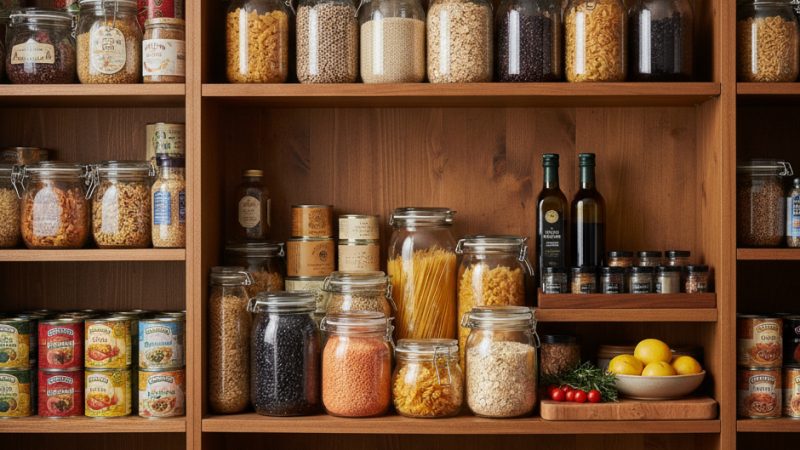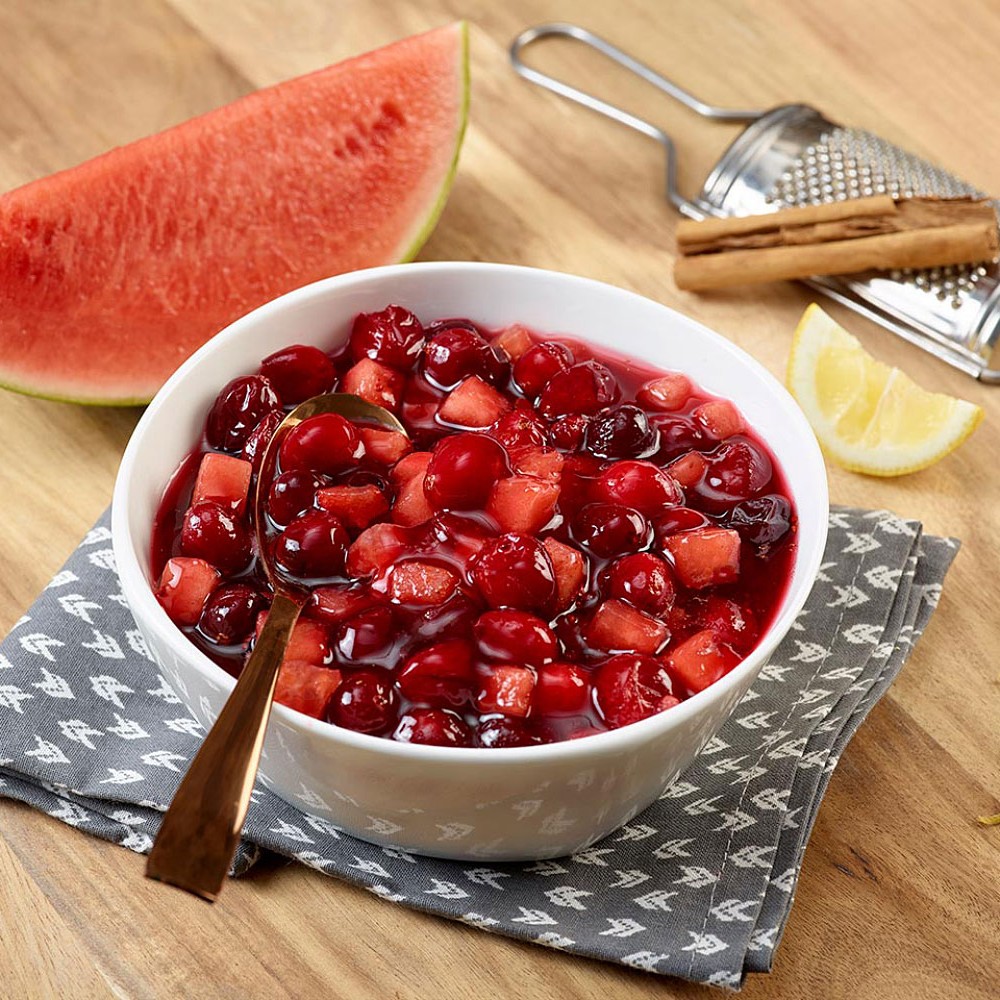What’s The Truth About Best Before Dates?

We’ve all had that moment when you reach into the fridge for the container of yogurt, jar of pizza sauce or bottle of mustard and notice that the “best before” date on the package has passed. Does that mean you need to toss it in the garbage? No, not necessarily.
Best before dates appear on most food products that have a durable life of 90 days or less. There are some exceptions, including fruit and vegetables.
You should be aware that there is a key difference between a “best before” date and an “expiration date.”
Simply put, a best before date indicates the time frame when a product will be at its tastiest and freshest. After that date, the product may still be edible, but might not look or taste quite as good.
By contrast, an expiration date is the last day that something can safely be consumed. Expiration dates only appear on a small number of products, including infant formula and meal replacements.
It’s important to note that best before dates only apply to products that have been stored properly, such as refrigerating dairy products and avoiding extreme temperatures for pantry items.
Other products, such as canned goods or dried pasta, may also have best before dates, but those are not actually required, and they’re usually a year or more out from the packaging date.
An unopened container of yogurt might be safe to eat days or even weeks after the best before date if it has been properly refrigerated. But a month or more after that date, maybe not.
When you do open the package, look for signs such as a funky smell or the presence of mould. By doing this instead of immediately tossing the product out, you can help reduce food waste.
The Author:
Find more information on food safety at inspection.canada.ca.
Source and Photo. (NC) Newscanada.com
Let’s spread the love! Tag a friend who would appreciate this post as much as you did.








